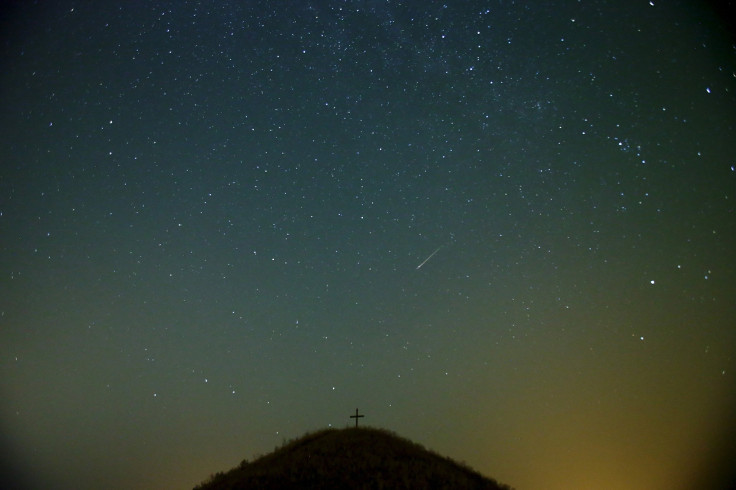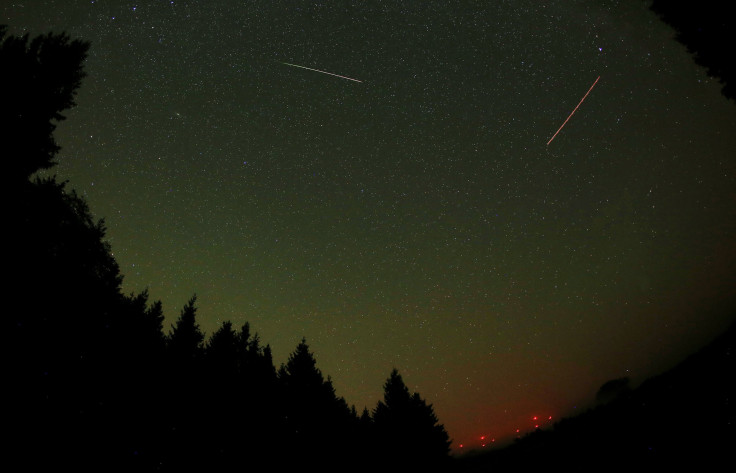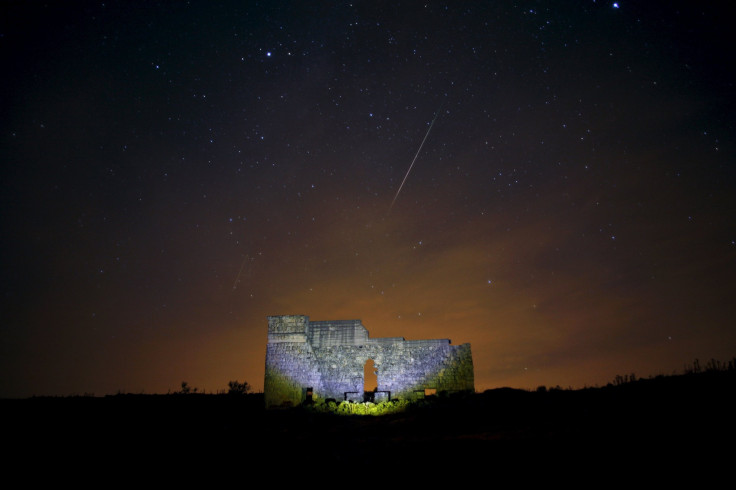Perseid, Delta Meteor Shower 2016: Peak Dates, When And Where To Watch [PHOTOS]

Now that we’re well into summer, some of the most spectacular meteor showers are fast approaching and the best is still to come. Several showers have already dazzled the skies so far this season — in May and April — but sky-gazers can still look forward to two notable displays to come, the Southern Delta Aquarids and the Perseids.
The first of those, the Aquarids, can be viewed starting Tuesday and lasting through Sunday. That shower will be followed, just weeks behind, by the strongest meteor showers of the season, the Perseids, which will hit their peak Aug. 12.

When Can You See Them?
Most meteors will be visible after midnight wherever you are and they can appear all over the sky, so keep an eye out! You’ll want to stay away from light sources — like cities — which will brighten the sky and make it difficult to see any of the shooting meteorites. The Perseid meteor shower is best seen if you’re living in the Northern Hemisphere and down to mid-southern latitudes, according to Space.com.

What Else Do I Need to Know?
NASA’s meteor expert, Bill Cooke, told Space.com that the best way to watch a meteor shower is to “take in as much sky as possible.” So, basically, that means to go to a dark area where there isn’t a whole lot blocking out the sky (like buildings or nearby trees, for instance). You’ll need to budget for a couple hours of watching the sky, Cooke says, at the minimum. It will take as long as 30 minutes before your eyes will adjust to the darkness.
The longer you’re out there the more meteors you will see. For instance, if the meteor shower has a rate of 150 meteors per hour, you’ll see two to three every minute. The Perseids are expected to have an unusually strong showing this year, clocking in at about 200 meteors per hour.

What Causes a Meteor Shower?
Meteor showers are made visible when the Earth passes through the trail of dust and debris left behind by comets that have come near the planet’s orbit. The small pieces of debris burn up upon entering the Earth’s atmosphere, emitting the light that can be seen from the ground.
© Copyright IBTimes 2024. All rights reserved.






















